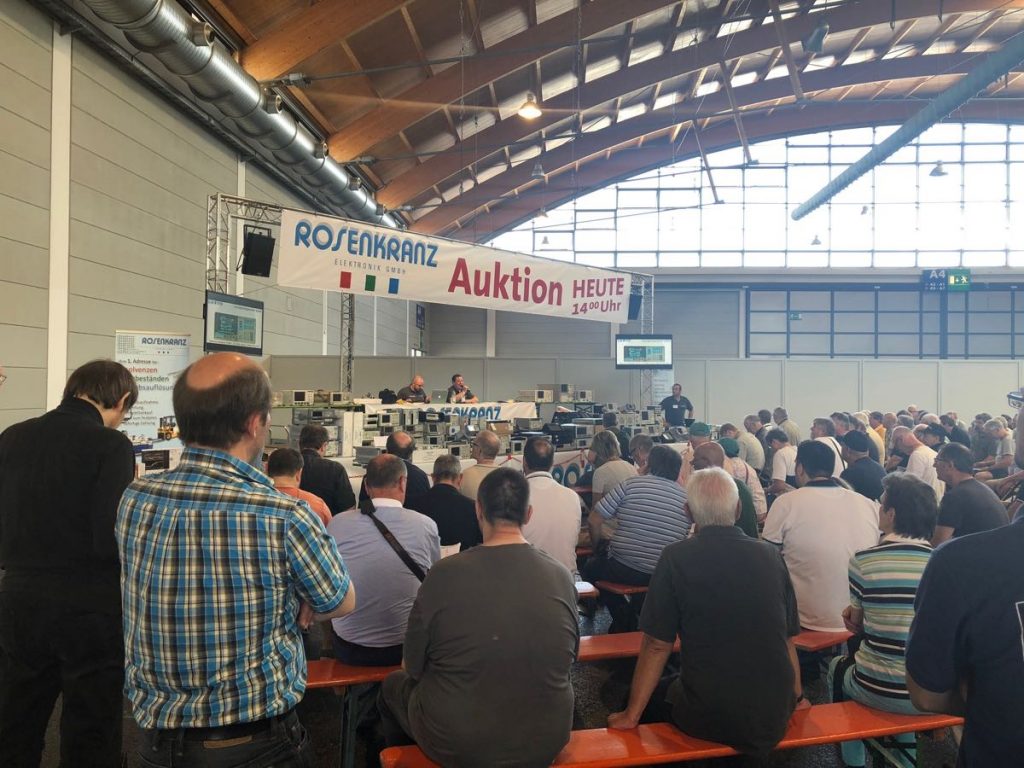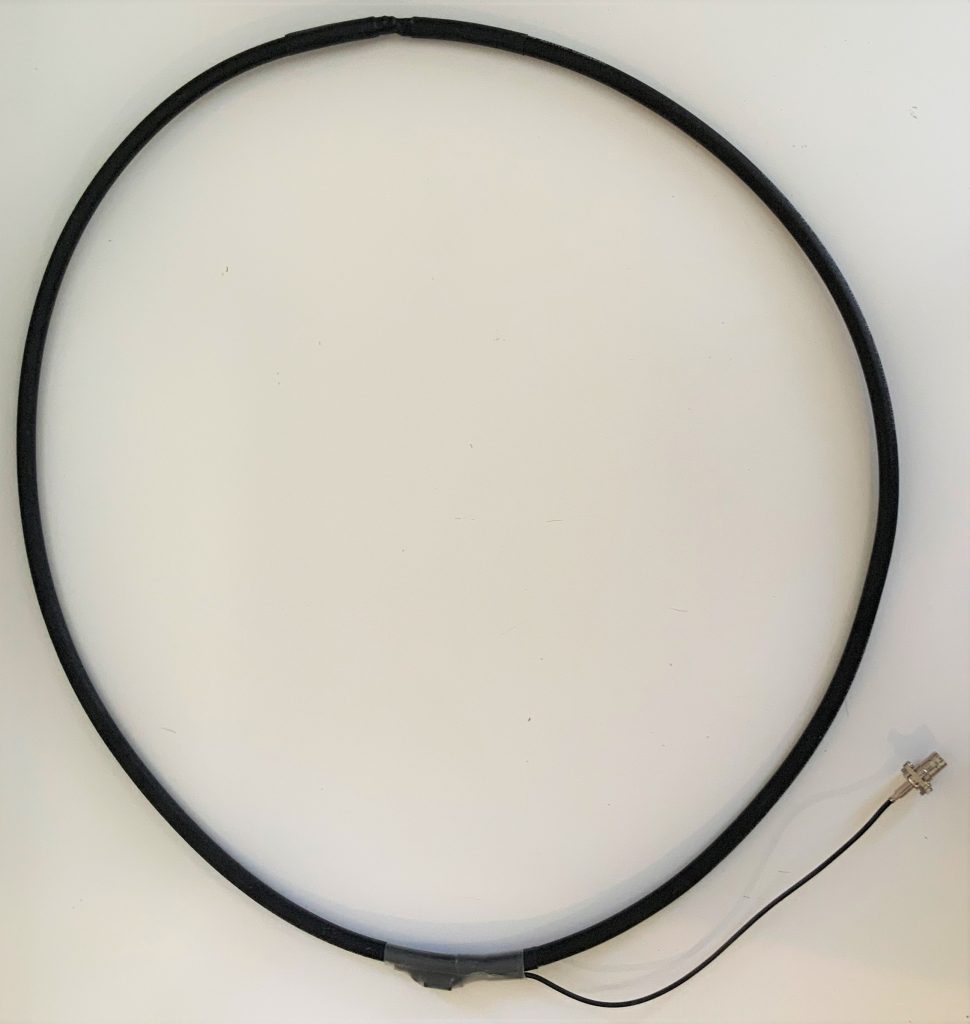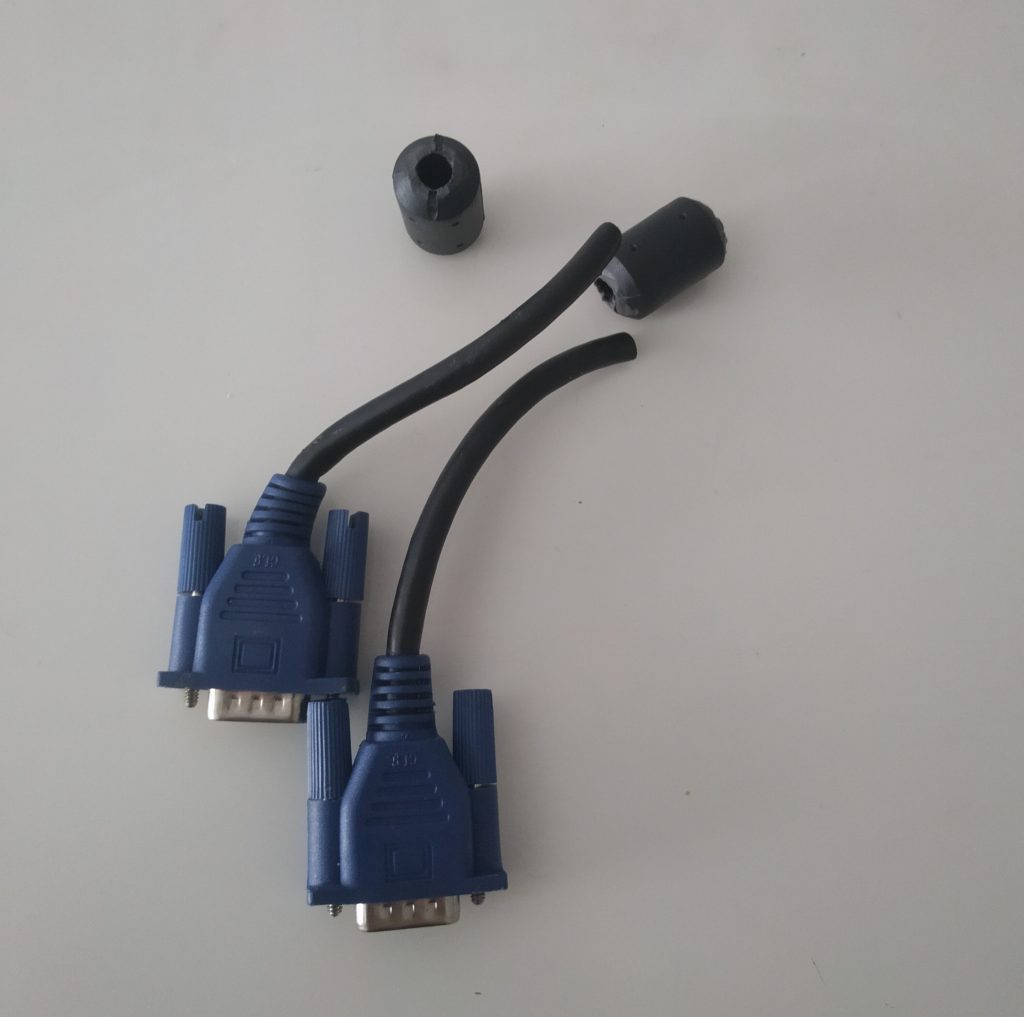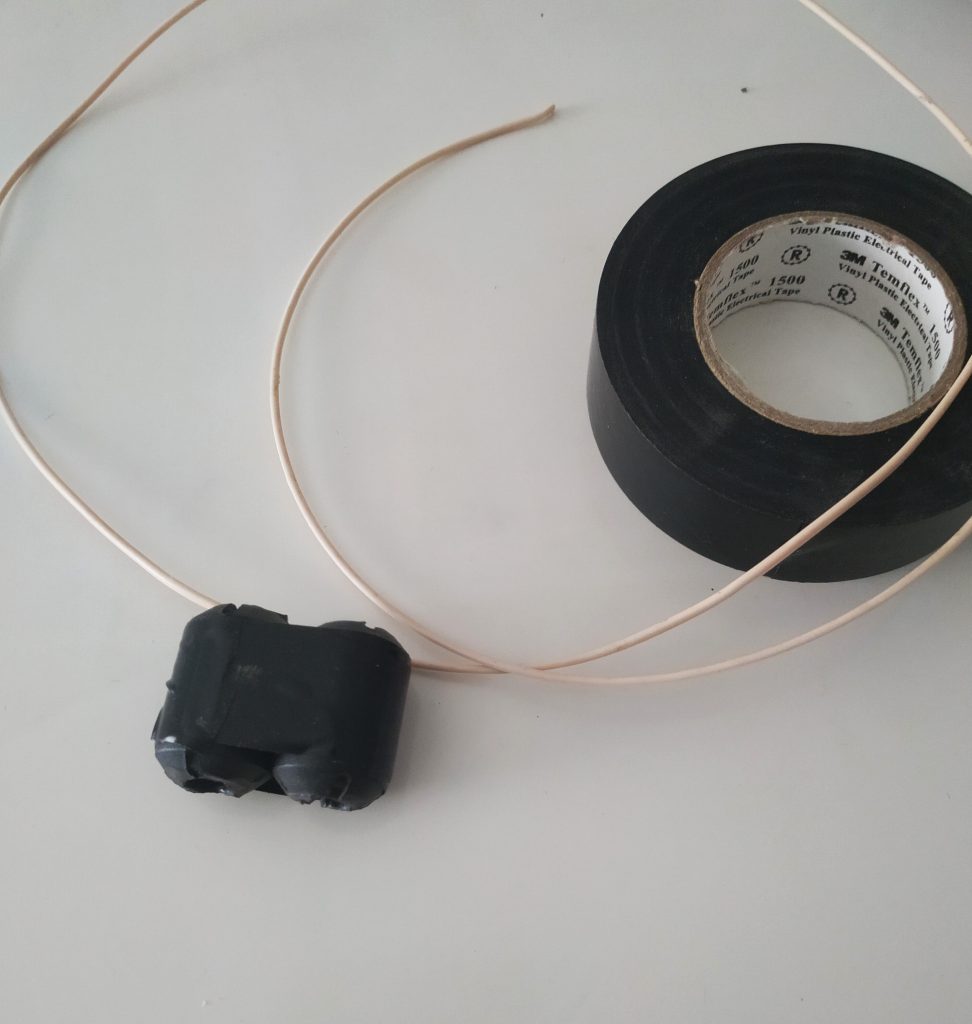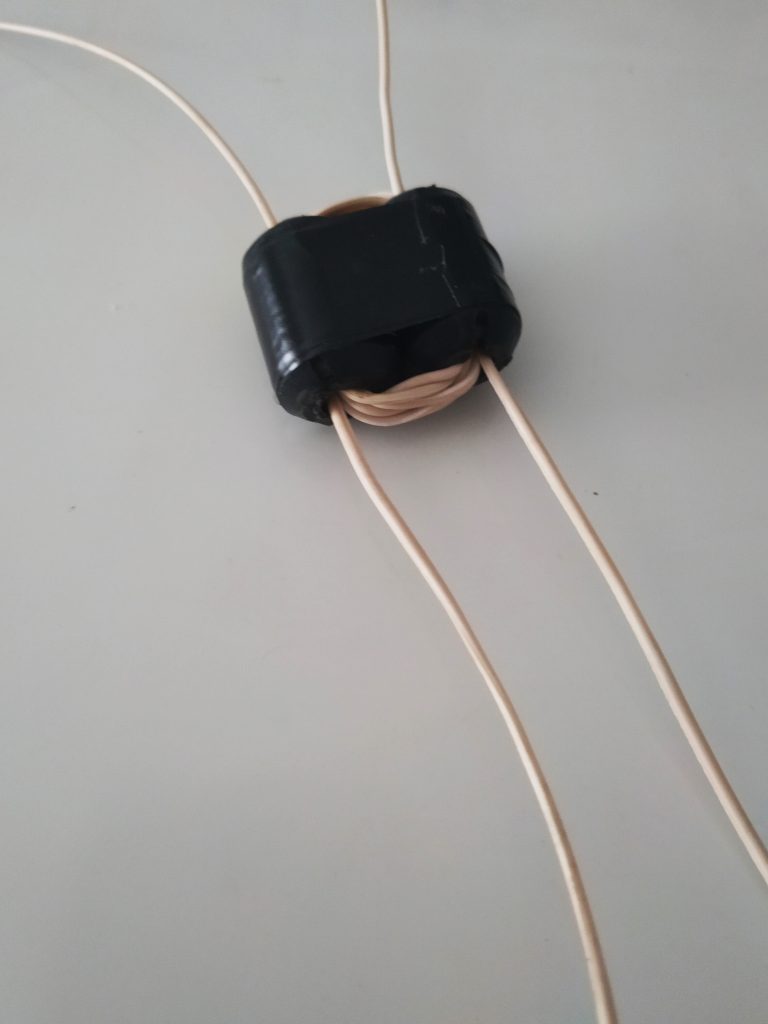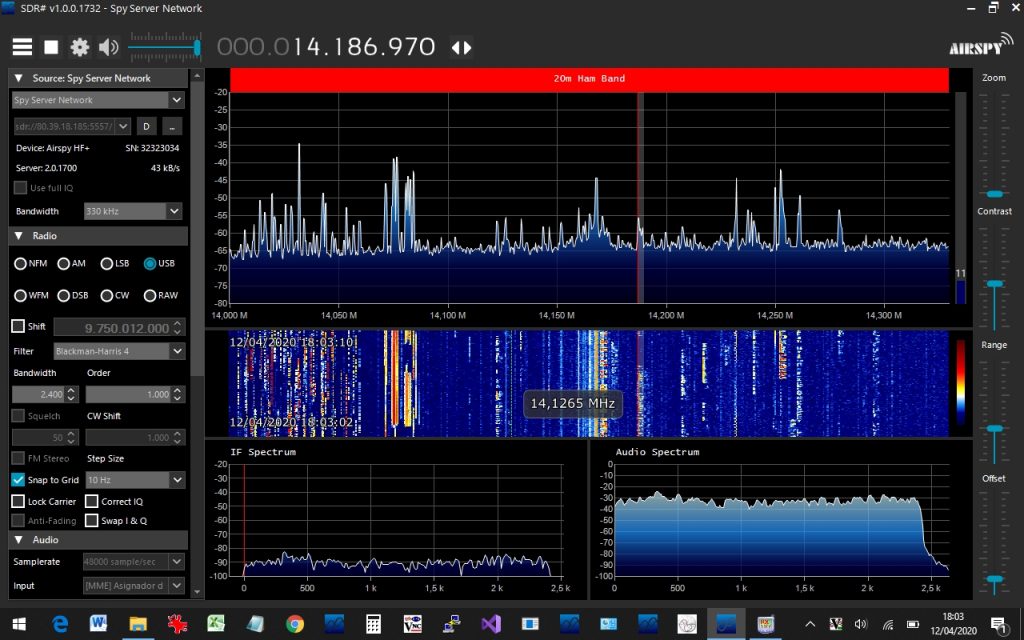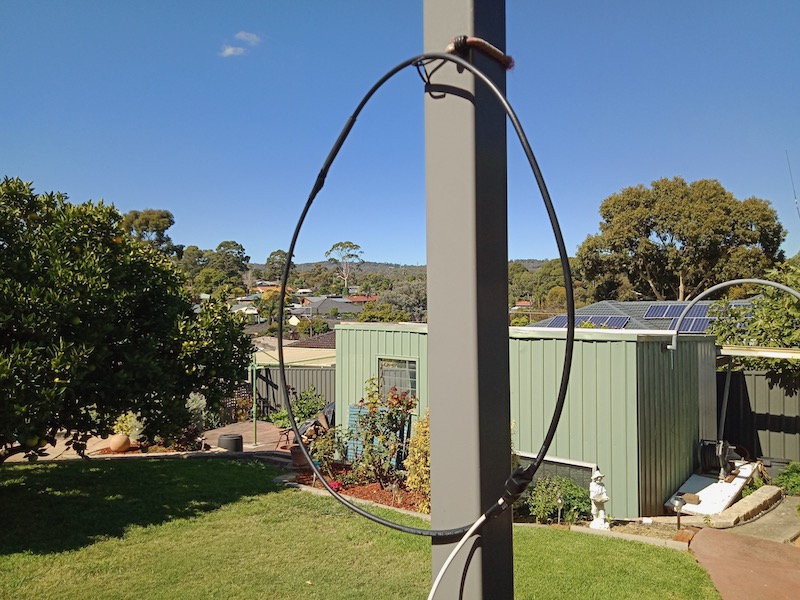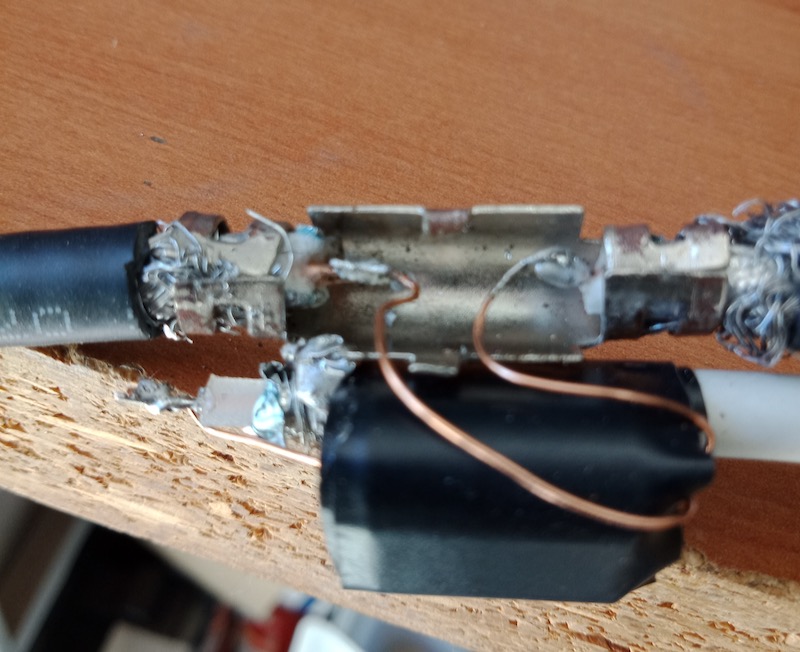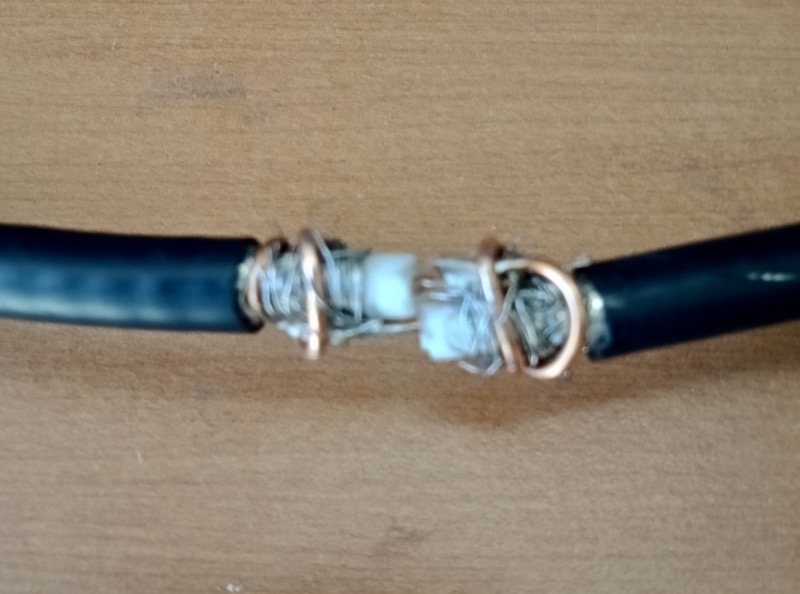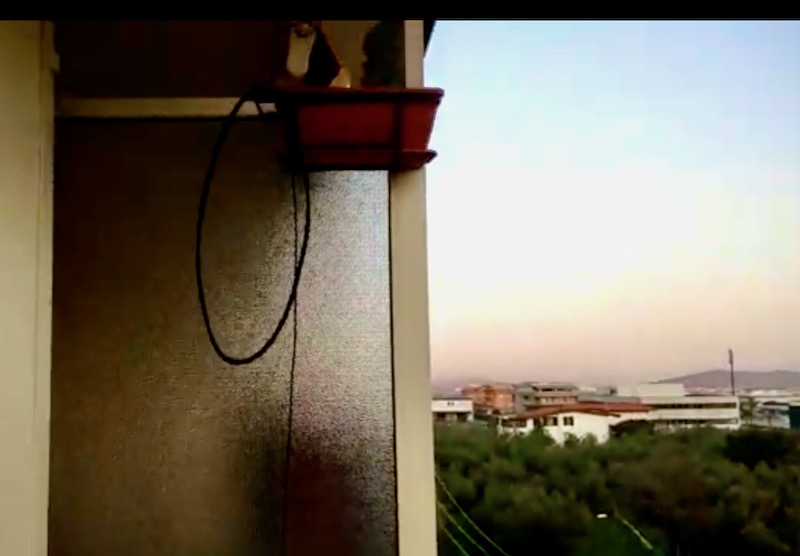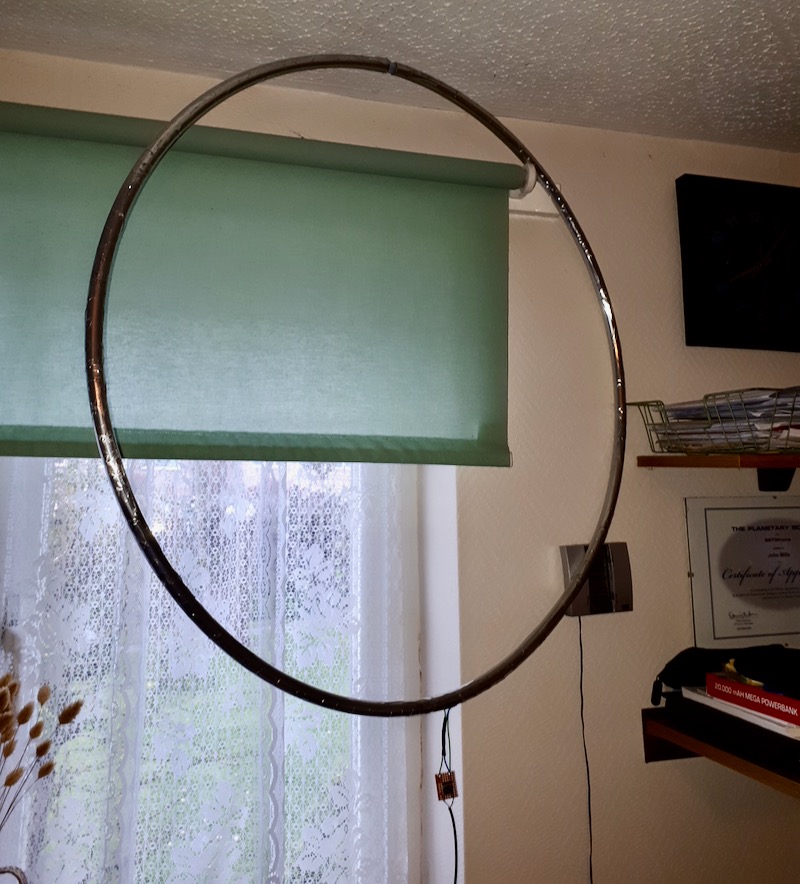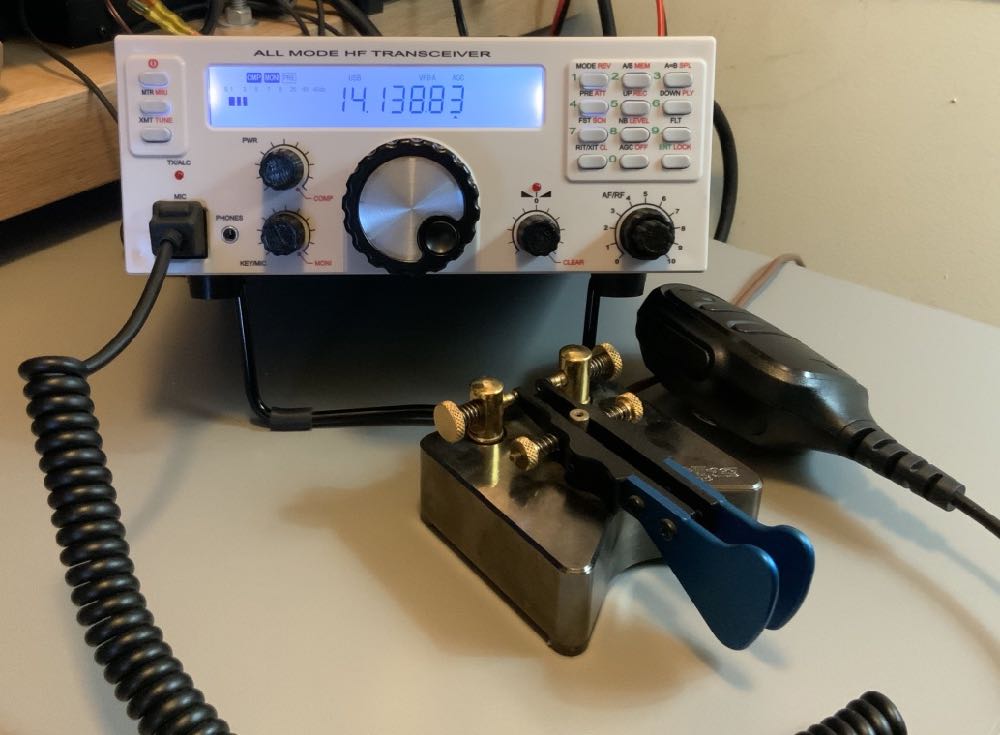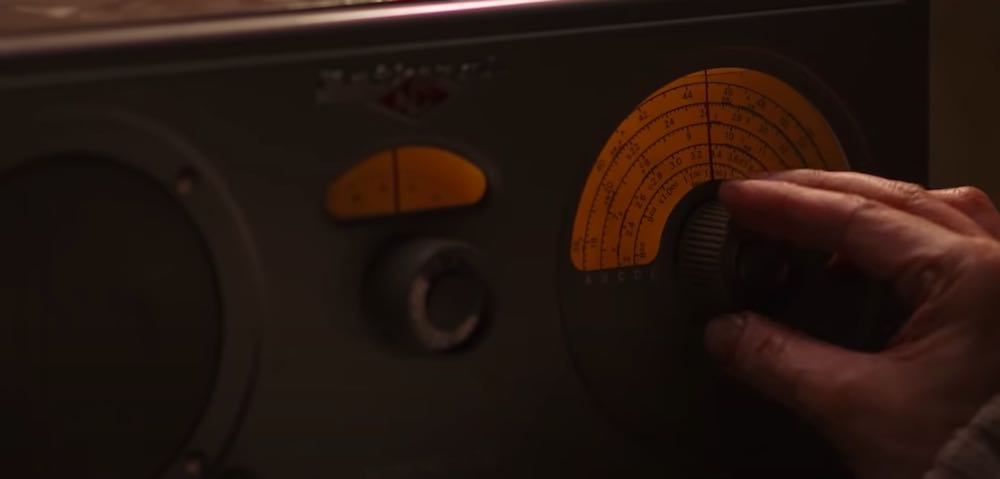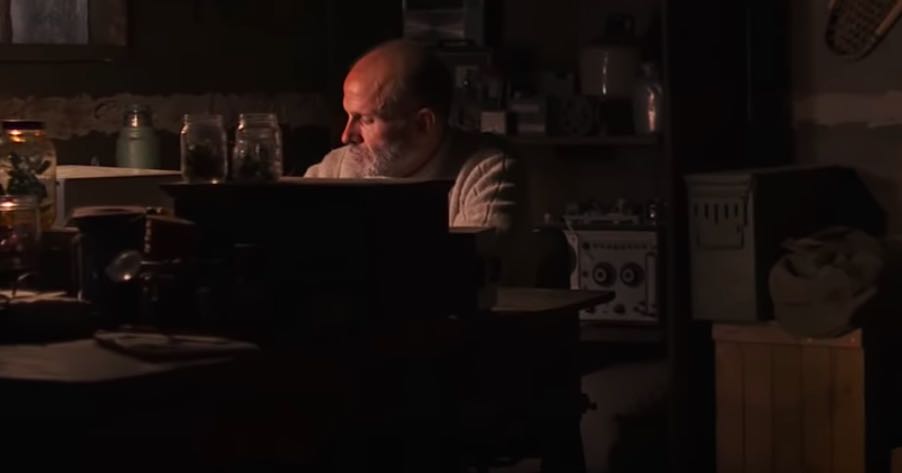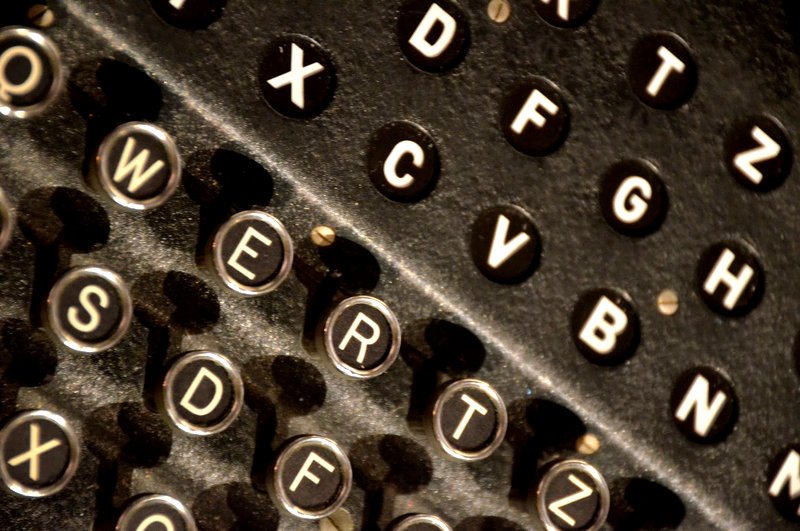Many thanks to SWLing Post contributor, Harald Kuhl, who shares the following announcement from Ham Radio Friedrichshafen:
Radio silence due to coronavirus COVID-19: Ham Radio not taking place as planned
15.04.2020Friedrichshafen – Due to current developments in regard to the spread of coronavirus COVID-19, Messe Friedrichshafen has been forced to make a very difficult decision: the international amateur radio exhibition Ham Radio will not be taking place in the planned period of June 26 to 28, 2020, but instead from June 25 to 27, 2021. The Federal Government and the Minister-Presidents of the Länder decided yesterday, April 15 that no major events shall take place until August 31, 2020.
“Due to current developments relating to the coronavirus, we have the unfortunate duty of announcing that we cannot hold the 45th edition of Ham Radio as planned,” explains Klaus Wellmann, Managing Director of Messe Friedrichshafen. In recent weeks, it was already necessary to make the same decision in regard to other events (Aqua-Fisch, IBO, AERO, Tuning World Bodensee, and Motorworld Classics Bodensee). Project Manager Petra Rathgeber also expressed her sadness about this turn of events: “We very much regret that this event cannot take place as planned. However, the health of all exhibitors and visitors is of utmost importance to us. Unfortunately, our trade fair calendar and the dates of other industry events leave no room for postponing this fair to another date this year.” Christian Entsfellner, Chair of the German Amateur Radio Club (DARC), adds: “Our members, domestic and foreign guests, and we ourselves have been hit hard by this decision, which now became necessary to make on short notice. Until we get together again in Friedrichshafen, we as amateur radio operators are looking forward to keeping in contact with one another using amateur radio.” However, radio amateurs do not have to do without everything the Ham Radio fair normally has to offer: On the Ham Radio website, exhibitors will be presenting product innovations in the form of a virtual trade fair. DARC will also be offering presentations there.
The exhibitors, visitors, and partners involved are currently being informed about this opportunity.
Thank you for sharing this, Harald! Not a surprising development, but sad nonetheless. I assume Covid-19 might also lead to the closure of Ham Fair 2020 in Tokyo.

